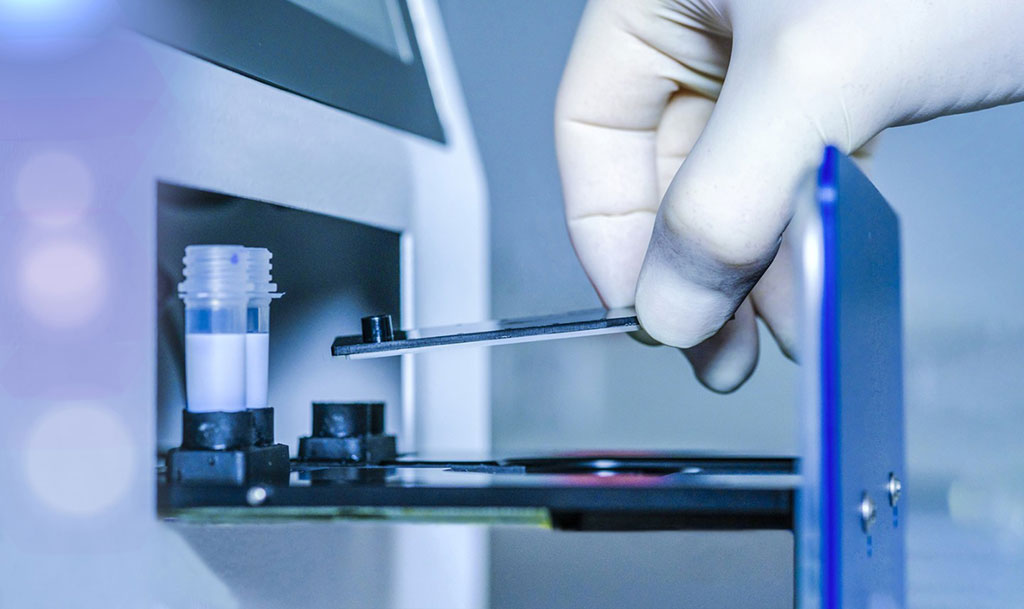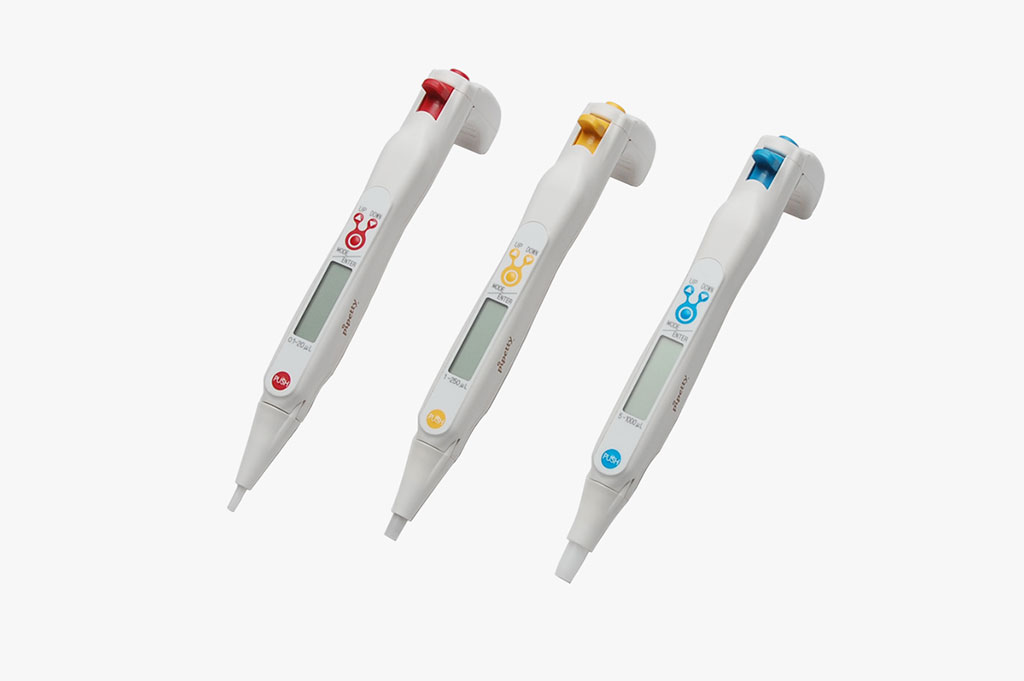POC System that Requires Single DNA Molecule for Rapid Detection of Multidrug-Resistant Pathogens Unveiled at MEDICA 2021
Posted on 18 Nov 2021
A new compact device for detecting multidrug-resistant pathogens that performs all stages of the reaction automatically and provides a result within one hour using one single DNA molecule was unveiled at MEDICA 2021.
Researchers at the Fraunhofer Institute for Physical Measurement Techniques IPM (Freiburg, Germany) alongside the Ludwig Maximilian University of Munich (Munich, Germany) have developed a process for rapidly detecting multidrug-resistant pathogens. The unique feature: Even one single molecule of DNA is sufficient for pathogen detection. In future, the platform could be introduced as part of point-of-care diagnostics on hospital wards or in medical practices as an alternative to the established PCR analyses or in combination with other diagnostic methods.

Choosing the correct antibiotic to treat bacterial infections is a deciding factor when it comes to the success of a treatment. It is particularly difficult to select suitable medication in cases where a disease is caused by multidrug-resistant pathogens, which are unaffected by many antibiotics. Searching for the most effective antibiotic often requires information about the bacteria’s genome. Most of the time, this information is not readily available at medical practices and can only be obtained through a laboratory diagnosis. To accelerate and simplify the process, the researchers developed a new platform for detecting pathogens on the basis of single molecules on a microfluidic chip. The focus of the SiBoF (signal boosters for fluorescence assays in molecular diagnostics) project lies on an easy-to-use point-of-care (POC) detection method.
The portable, compact test platform is equipped with an automated fluidic system. All necessary reagents are stored within the system. The injection-molded microfluidic chip is incorporated in a drawer in the test system, where it is supplied with the reagents through the fluidics system before the optical analysis takes place. Typically, target DNA molecules are detected by means of specific fluorescence markers. A unique feature of the new method is that researchers are utilizing antennas with nanometer-sized beads, which amplify the optical signals of these markers. Because of this, chemical amplification via polymerase chain reaction (PCR) is not required.
A structure of DNA molecules, known as “DNA origami”, which was specifically designed by the Ludwig Maximilian University of Munich, holds both of the gold nanoparticles in place. Between these nanoparticles, the structure provides a binding site for the respective target molecule and a fluorescence marker. This patented design provides the basis for the novel assay technology. Low concentrations of pathogens can be detected. The result is available after one hour and is displayed on the monitor. This is not only true for multidrug-resistant pathogens, but also for any type of DNA molecule. In principle, the single molecule assay can be adapted to molecules beyond DNA, such as RNA, antibodies, antigens or enzymes. Numerous tests have successfully confirmed the functionality of the process. At the heart of the POC device is a miniaturized high-resolution fluorescence microscope, developed by Fraunhofer IPM. Specifically developed image analysis software identifies single molecules and by doing so enables the captured target molecules to be counted, providing a quantitative result. The fluorescence is stimulated using LEDs, which are affixed underneath the cartridge containing the fluidic channels.
“We detect part of the pathogen’s DNA strand. Using our new process, even a single molecule of DNA that binds to a specific site on the microfluidic chip is sufficient to do this. Fluidic channels are integrated into the chip – the surfaces of which are primed with binding sites for specific pathogens,” explained Dr. Benedikt Hauer, scientist at Fraunhofer IPM.
Related Links:
Fraunhofer Institute for Physical Measurement Techniques IPM
Ludwig Maximilian University of Munich








 (3) (1).png)
 Analyzer.jpg)



